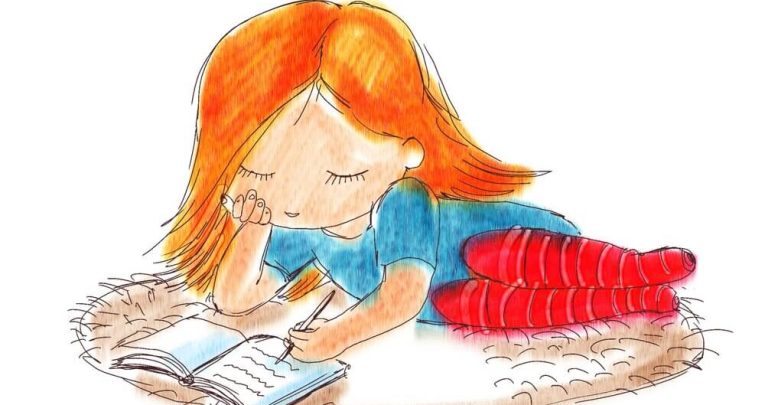Diary writing KS2 – how to help your class understand the requirements

It’s a staple cross-curricular activity in most classrooms – but do your pupils fully understand the features needed to write an effective first-person recount, asks Sue Drury…

- by Sue Drury

What image does ‘diary writing’ conjure up for you? Sensitive Victorians secretly committing their most private thoughts to the ribbon-bound pages of a dusty old notebook? Explorers noting down their experiences for the sake of posterity?
It’s true that diaries have provided us with some of our most valued historical sources – from Samuel Pepys to Anne Frank. But that doesn’t mean they are an archaic form of writing; after all, much of today’s social media usage is simply the current incarnation of recording your own thoughts and experiences.
Diary writing is a genre that should be taken seriously. Here some ideas for helping you ensure that your class produce something more interesting than a description of their lunch…
Consider the purpose
A diary entry is essentially a form of recount, giving an account of events that have happened. The difference is that it provides scope for adding a personal perspective, emotions, and possibly an explanation or two where required.
As a result, it can create a very powerful and emotionally charged pieced of writing, which is why it often requires a certain maturity of thought and dexterity with language.
Find great models
As with any other form of writing, each child needs to be exposed to a wealth of good model texts in order to help them learn what will be expected of them. Diary entry examples, both factual and fictional, are fairly easy to source.
Why not see if you can find some that relate to topics you are covering in other areas of the curriculum?
Remember tenses
Obviously, your pupils’ age and ability will influence what you can expect from them but, at KS2, features of a diary entry should cover fairly specific territory.
First, there will be the consistent and appropriate use of the past tense, perhaps with some present tense forms if the context dictates it. However, this will also be a good opportunity for them to play with progressive forms of both tenses and possibly perfect forms.
Share the structure
After a brief introduction, the text should be organised in chronological order, as this is the most sensible way to show how the events unfolded.
This could also be a good exercise in paragraphing, whereby every shift in time, place or subject is denoted by a change in paragraph. Topic sentences will be invaluable in alerting the reader to the nature of that change.
Finally, there should be a closing comment to round off the piece satisfactorily; even an expressed desire to repeat the experience at some time in the future will do.
Build skills
Being a reflective genre, diary entries are ideal for encouraging pupils to think carefully about their own writing skills. They could focus on their use of conjunctions, adverbials and prepositions to express time, place and cause in a way that helps their writing flow, for instance.
Alternatively, they could challenge themselves to use noun phrases and expanded noun phrases to add greater clarity. Of course, you might not want to tackle every objective at once, but there is clearly scope to address issues with which your class might need extra practice.
Create links
Remember, there is nothing to say that a pupil’s recount needs to be about their own experiences. Just as they can learn a great deal by reading the diaries of significant people from history, they can also embed knowledge of other subjects by writing imagined journals of key figures relevant to that topic.
Sue Drury is literacy lead at Plazoom, the expert literacy resources website. Find more advice at plazoom.com/blog










